Palo Mayombe, Palería or Palo Monte
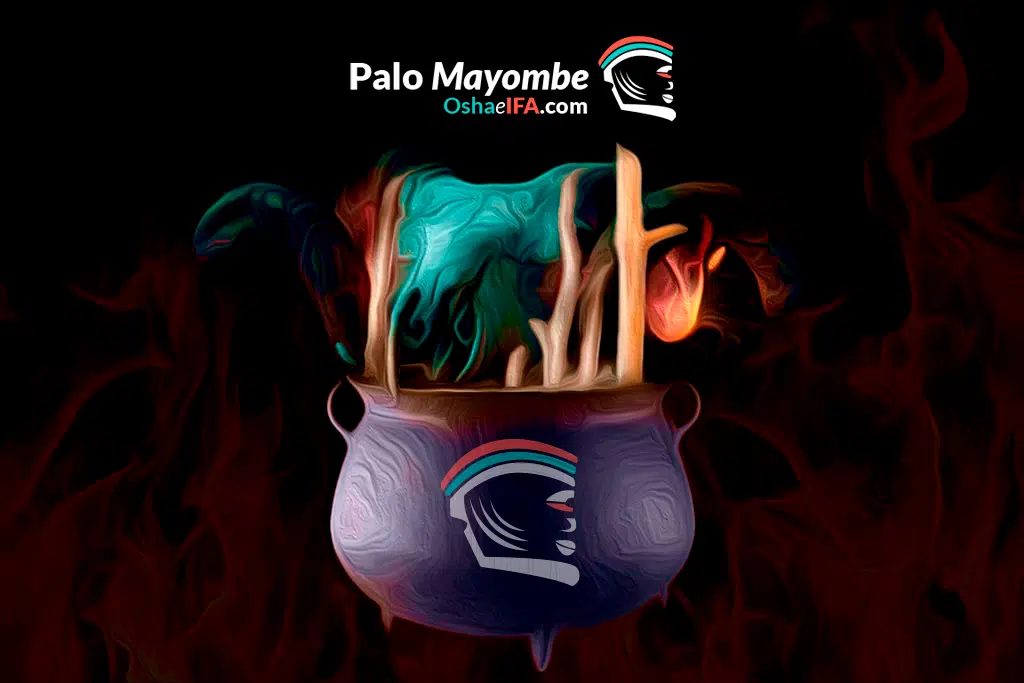
The Palo Mayombe is a cult whose origins date back to the Cameroon region, before the Bantu emigration to the south and settled in central Africa. Its name means magical and sacred trees where spirits live.
What is Palo Mayombe?
Palo Mayombe is a religion that uses a divinatory process that consists of predicting the future by invoking the spirits of the dead through the Nganga. The Palo Monte cult has all the hallmarks of a valid religion, including a series of ethical and moral values that teach respect for human life, sharing wealth with those who are less fortunate, and belief in a supreme god named NZAMBIA. .
Palo Mayombe in its mythology, teaches us that everything that exists was created by God (Nzmbia), he created good and evil in order to form an energy balance in the universe.
He also possesses a natural priesthood which consists of groups of men and women who have been chosen by the spirits to be distinguished as teachers and messengers between the world of the visible and the invisible.
These priests (Tata) or priestesses (Yaya) must be very competent in the art of communication, attention and be prepared to promote the appropriate sacrifices to the deities, dead and spirits. They can establish communication with evil spirits, which can manipulate and use them in their favor for good or for evil.
Branches or types of Palería

Brijumba stick
Briyumba is the branch of the palo that has the most African elements, since it is an aspect influenced by Santeria and Spiritism. Zarabanda is the main guide of the Briyumberos or Paleros, he is the owner of metals, for this reason his cauldron is made of iron and contains chains, knives, machetes and all kinds of tools made of all kinds of metals.
The briyumba stick has sub branches, which are differentiated by having different ways of performing their rituals, some of them are:
- Glitter Kongo.
- Break Mount.
- icing candle
- Rompemonte-Guindavela.
- Viramundo War wins.
- Win War Ends World.
- Mayaca.
- Seven Brillumba.
- Changani.
- Vititi Kongo.
- quijenco.
- Mount Garavato.
- Sarabande Malafama.
- Paticongo Clava Clava.
The Palo Mayombe
This branch does not admit elements of other religious manifestations and an intimate relationship develops in it with the spirit of a dead person, which is worshiped like minerals, earth, sticks and herbs; the mayombero's main foundation is seven rays, which is found in a clay pot sealed with earth, and is accompanied by a small garment known as a star.
Its practice consists of channeling the energies of nature and spirits to provide solutions or answers to all matters that are requested, whether related to money, health, love, among others.
Palo Mayombe is divided into the following sub-branches:
- Battle Get Pawn.
- Mayombe takes pawn.
- Nsala Mayombe Ngando Sese.
- Nsala Mayombe.
- Ngando Battle Congo.
The Palo Kimbisa of the Holy Christ of Good Trip
This stick branch is the most Christianized and Masonic of the Paleria sects. It includes rites from other religions such as Santeria, the Abakua Secret Society and Catholicism. The Kimbisa, gave rise to the Santo Cristo del Buen Viaje branch, which contains elements of various religions practiced in Cuba.
Learn: The scratching in Palo Mayombe, the initiation cult to the Paleria cult
Main deities or Mpungo de la Paleria or Palo Mayombe
Lucero or Lucerito
He is the messenger of God and the guardian of the ways. He is depicted as childish, tricky, and often brash. Due to his great power he is honored first and last in every religious ceremony or ritual.
Saraband
Owner and master of iron, blood, war and divine vengeance. He has great strength and is very effective when working, his style is like that of the Congolese warriors. Zarabanda in the Palo Mayombe is syncretized with the Orisha Ogun.
watariamba.
God of fishing and hunting, also of war and speedy justice
munalembe.
Owner of destiny and divination. This is received when clairvoyance is required to make predictions
The earth trembles
Creator of the earth and humanity, governs the Universe, is part of the creative force. It represents wisdom and justice.
Mama Shola or Shola Wengue
Known as the owner of wealth and all pleasures, she rules over rivers, love and beauty. This can be relentlessly punished and is related to firmness and rigidity.
Mother of water.
She is the owner and mistress of the waters of the Ocean, she represents elegance, love, motherhood, creativity, wealth and sorcery. She is approached for prosperity, love, money, protection, and blessings.
Seven rays
Seven rays is the one that has dominion over lightning and fire. He is the personification within the Palo Mayombe mythology of justice, passion and inspiration. He usually solves problems and difficulties with subtle actions that hardly reveal his relationship with witchcraft. attack your enemies and adversaries with fire.
Sparkle Ndoki.
Centella or Mariwanga rules in cemeteries and the deceased. It is manifested in the winds and storms, she is the protector of the door that separates life from death.
Kobayende
He is the God of death, pestilence and disease, the sanction and state of mind of the dead. It is represented by an old man full of skin lesions and suffering from great pain and tremors. He can grant miraculous cures when honored, but also illnesses if offended. In the palería it is called Kobayende although many attribute the syncretism with the Orisha of Santeria Babalu Aye.
gurunfinda.
Gurufinda is the representation of the Orisha Ozain on the Palo Mayombe. He is the one who governs nature, the mountains and the herbs because he is considered the spirit of the plants. It is the bosom of health brews healing potions and medicinal mixtures based on herbs roots and sticks. Its foundation remains hanging in a satchel.
Signatures of Mayombe stick

In palo mayombe the signatures have a main importance because they are a magical element that unleashes all the strength of the Mpungo or Nfumbe, either for better or for worse, that is to say that without signatures there are no jobs or witchcraft. When some work is going to be carried out, after requesting permission or a license from Nsambi, Npungo and Nfumbes, work is carried out by tracing the signatures, which are generally done on the floor.
When a drainer is going to carry out some work, work or ritual for the good, these signatures are made with husks or white chalk, however, if it is for evil, they are made with gunpowder or coal. These signatures are made with primary strokes such as lines, curves or circles.
Every drainer, priest or priestess has a personal and secret signature, this signature should not be known to anyone, since if an enemy gets to know it, they can harm him through it. That is why when working in places with many people around the drainer never makes it complete.
Palo Mayombe or Paleria necklaces
Death Necklace or Flag Necklace
The necklace of the dead or Flag for the Paleros or Mayomberos, represents an element of protection that fights negative spirits. As well as it protects against negative energies or forces of any kind that could affect the person who uses it. In it are deposited the strength and protection of the Mpungus, the Nfunbi and the Nganga, it is used in ceremonies, magic rituals and spiritual works. On the other hand, the draperies are not required to wear the collar on a daily basis.
The necklace of the Dead is only given to those people who have been initiated into the cult of the palo mayombe and it is considered in some way as an extension of the Nganga, since in fact, for its activation, it is necessary to feed it. inside the garment.
On the other hand, it is worth noting that this necklace has a very particular characteristic in terms of its use, as it is a long necklace, it is worn across the chest. Men should wear it hanging from the left shoulder to the right hip and women in the opposite or opposite direction.
Egg Necklaceún.
The eggún necklace represents the spiritual guides who have been with us since our birth and our ancestors. The ancestors are members of our family who have died at an advanced age, due to natural causes and who have had at least one child. This necklace is made with a variety of multicolored beads, there is no precise sequence to arrange the beads and the necklaces are approximately a foot in length. It is worn every day for protection and when conducting a spiritual consultation.
Warriors Necklace.
This necklace is made of a metal chain from which miniature tools and knives hang. They are used in ceremonies and rituals to obtain supernatural powers. It is worn crossed over the left shoulder.
What does Nkisi Malongo mean?
The Nkisi Malongo are the spirits of nature and occupy an important place in the Bakongo traditions. They have a particular relevance because they are the creator of the fetus in the womb and the guardian God responsible for well-being and happiness.
Is the palería good or bad?
The palo mayombe or palería can be used for good or evil, all this depends on the person who seeks some kind of help through this religion or cult. Although we know there are people who seek help of any kind through the different religions or existing cults such as Santeria, Ifa, Spiritism and Mayombe.
The consultants or initiates in any of these religions seek protection, stability, firmness, evolution, money, health among other things for their good. Similarly, there are those who seek to do evil through rituals or work performed by priests or elders.

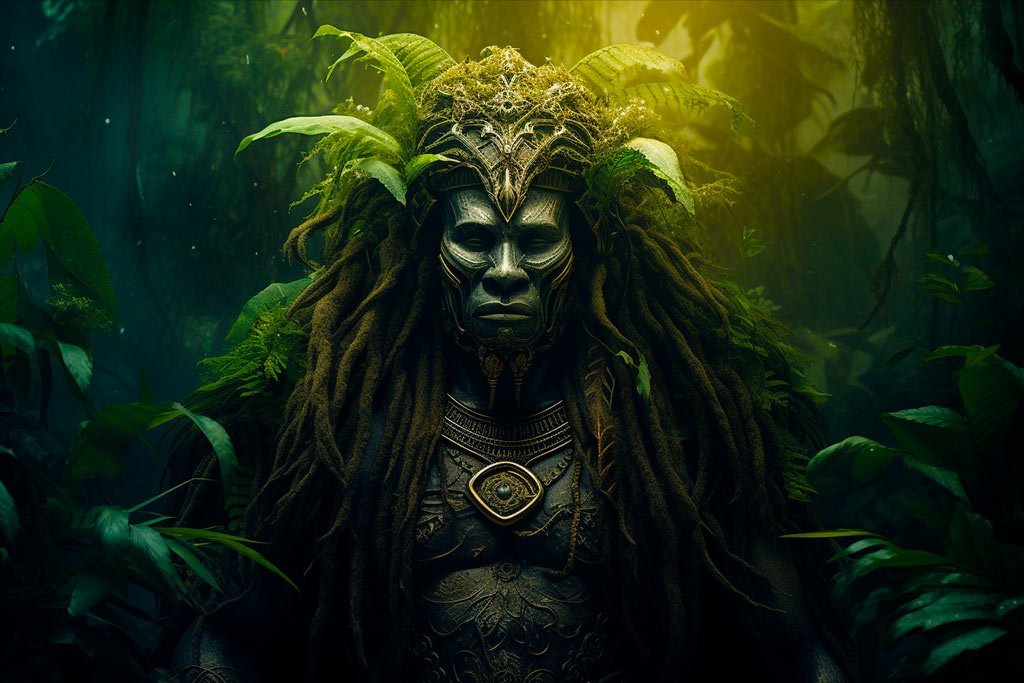
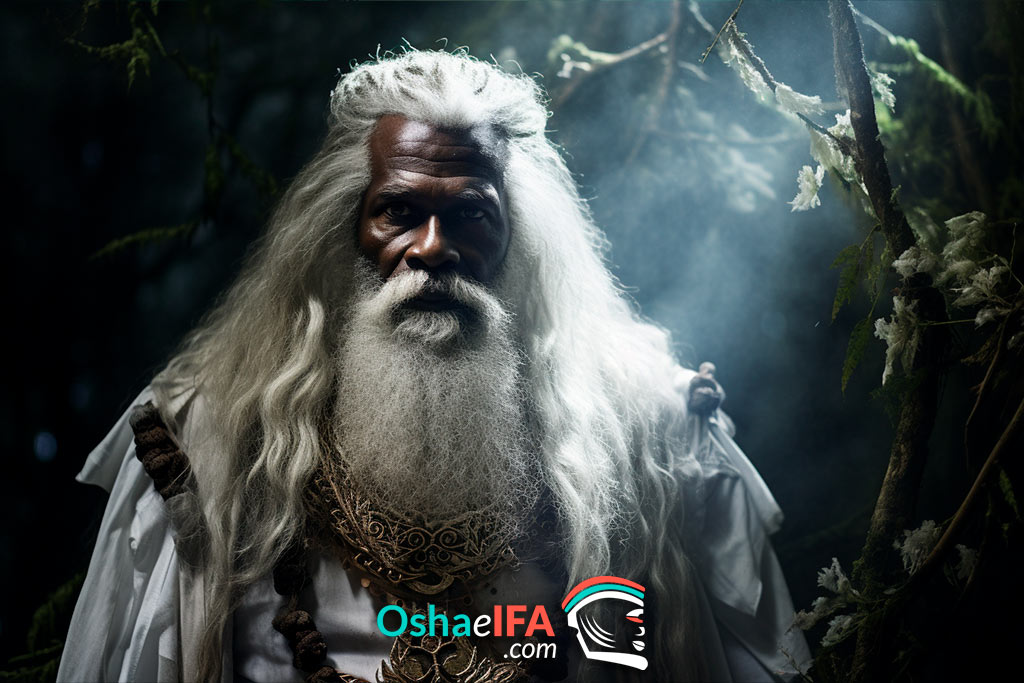
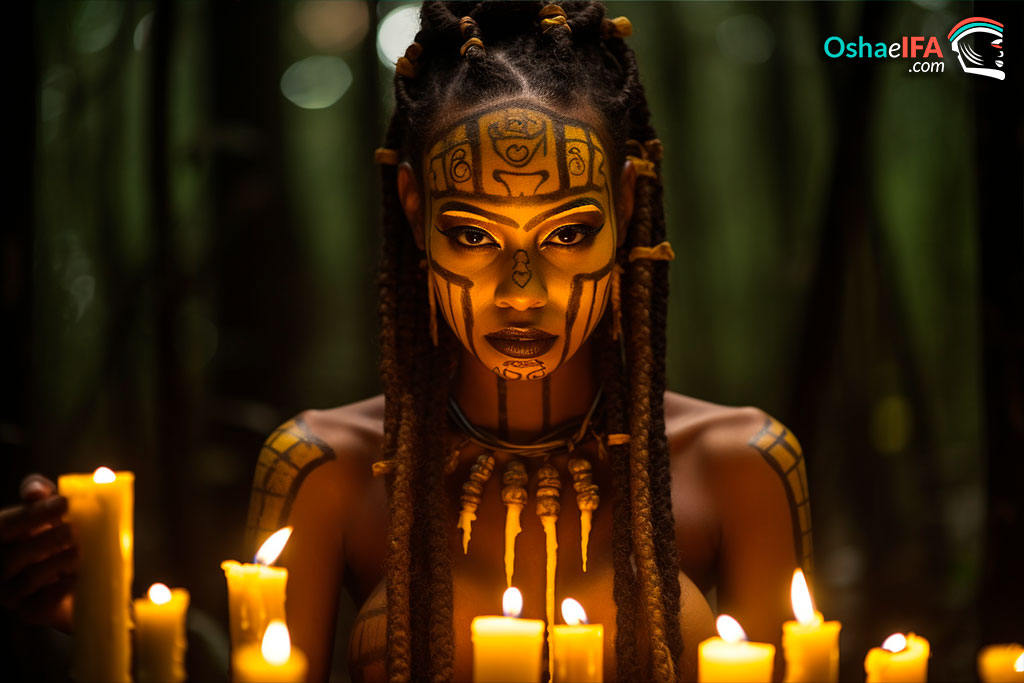
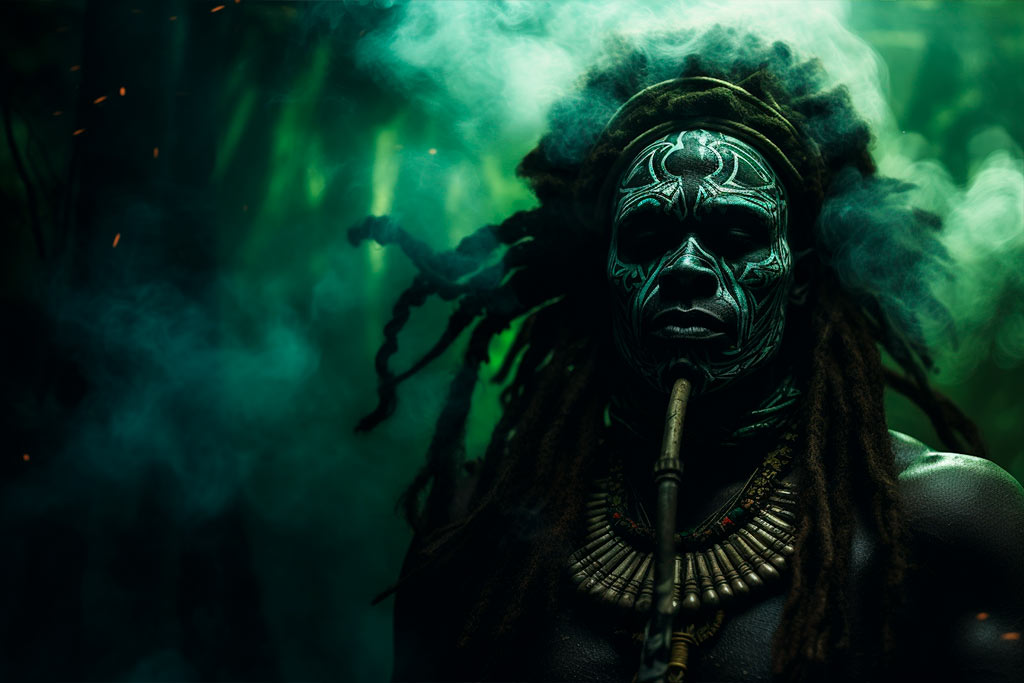
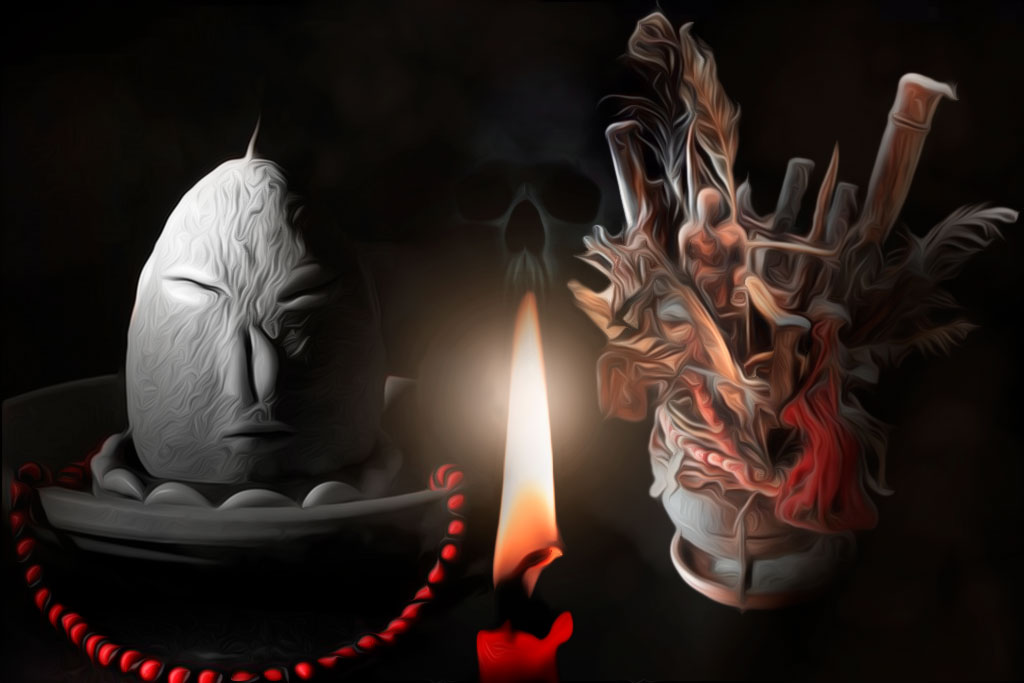
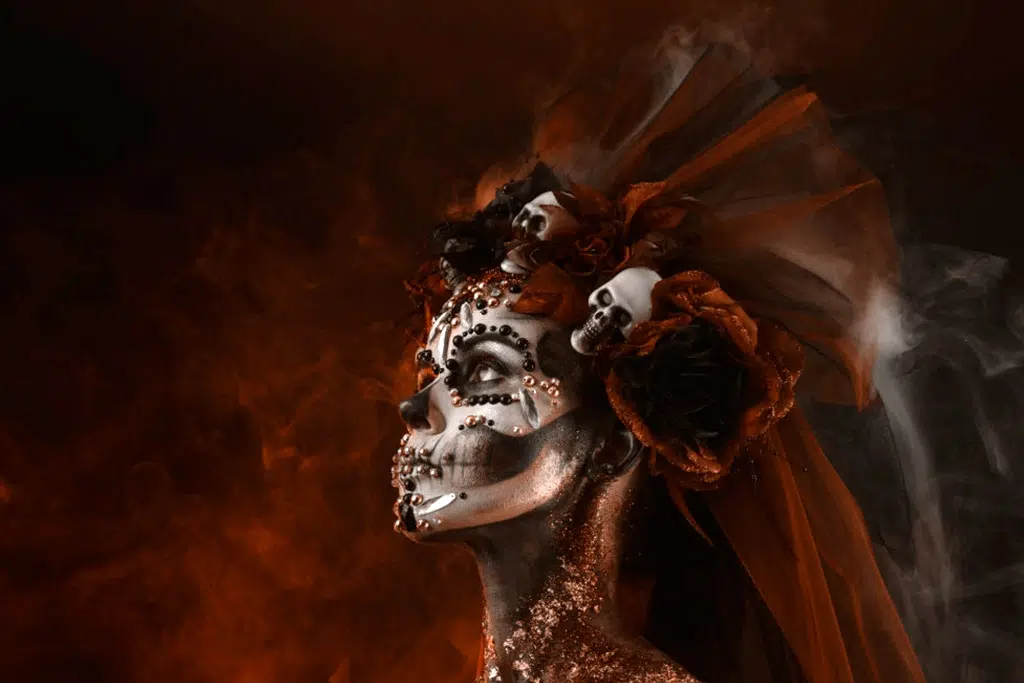



I would like a lot of advice and knowledge in the palo mayombe since I am an initiate
I want to learn more about polo mayombe as I am an intiate
RESPECT FOR PALO MAYOMBE, WHAT MAKES ME CURIOSIOUS IS THAT, BEING A RELIGION MUCH OLDER THAN CHRISTIANITY, ITS DEITIES AND SAINTS ARE CONSTANTLY MENTIONED...I THINK IT IS ENOUGH THAT ONLY OUR EMPUNGOS ARE MENTIONED SINCE THE RELIGION IS SEPARATED AND IT IDENTIFIES BY ITSELF.